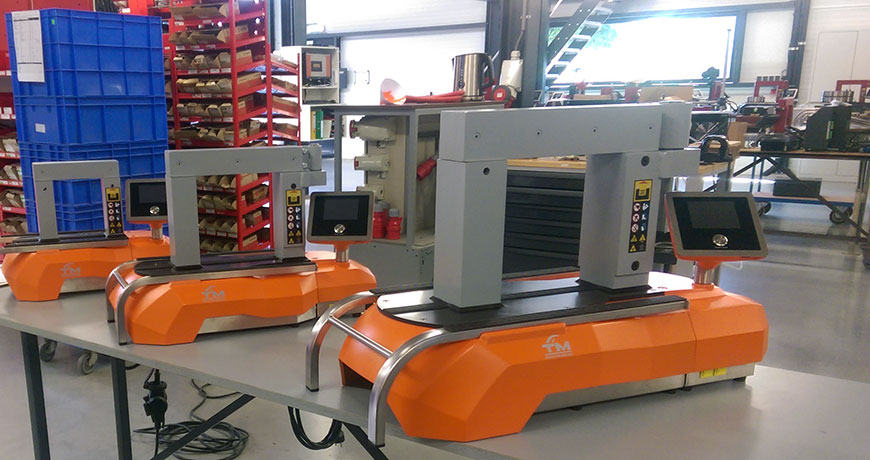When looking for an induction heater, below are some recommendations to help with your buying decision:
- Size: Choose bearing heater based on maximum workpiece weight, or minimum inner (ID) and maximum outer (OD) diameter.
- Temperature control, single or dual: One temperature probe minimum, but two is ideal. To monitor the temperature of the bearing or workpiece a temperature sensor is required. For precision bearings, use an induction heater like the SURETHERM which features two temperature probes to accurately monitor the difference in temperature between the ID and the OD in order not to exceed the bearing’s maximum temperature differential requirements, thereby ensuring 100% tension-free heating.
- Automatic Demagnetizing: The process of induction heating magnetizes the bearing or workpiece, therefore an automatic demagnetizing cycle is essential in order to leave no residual magnetism that would cause debris to adhere and accumulate on the bearing.
- Multiple crossbars: Different workpieces have different ID sizes, so having the proper size yoke or crossbar is necessary for efficient heating of the workpiece. Always choose the largest crossbar that will fit through the bore of your workpiece.
- Automatic temperature hold-mode: Holding the desired temperature when reached is essential since you are not always ready to install the bearing when the heating cycle has concluded. Let the bearing wait on the person, and not the person on the bearing.
- Timed heating mode: If heating identical bearings one after the other in a production environment, timed mode will be faster and more efficient than temperature mode.
- Delayed start time (safety): Allows the user enough time to step back from the heater before it starts heating, in case the user has a pacemaker.
- Fail-Safe error warning: If the probe was not placed on the bearing, or falls off during the heating cycle, the heater will automatically stop in order not to overheat the bearing (if the heater is operated in either of the temperature modes).
- Reporting, graphing of time/temperature cycle and printing capabilities: For ISO 9000 compliance, a documentation capability to report how bearing was heated and how long it took and to which temperature the bearing it was heated would be ideal.
- Display temperature in degrees C or F on demand.

Filed under:
Induction Heating by Bernd Seidenthal CRL
